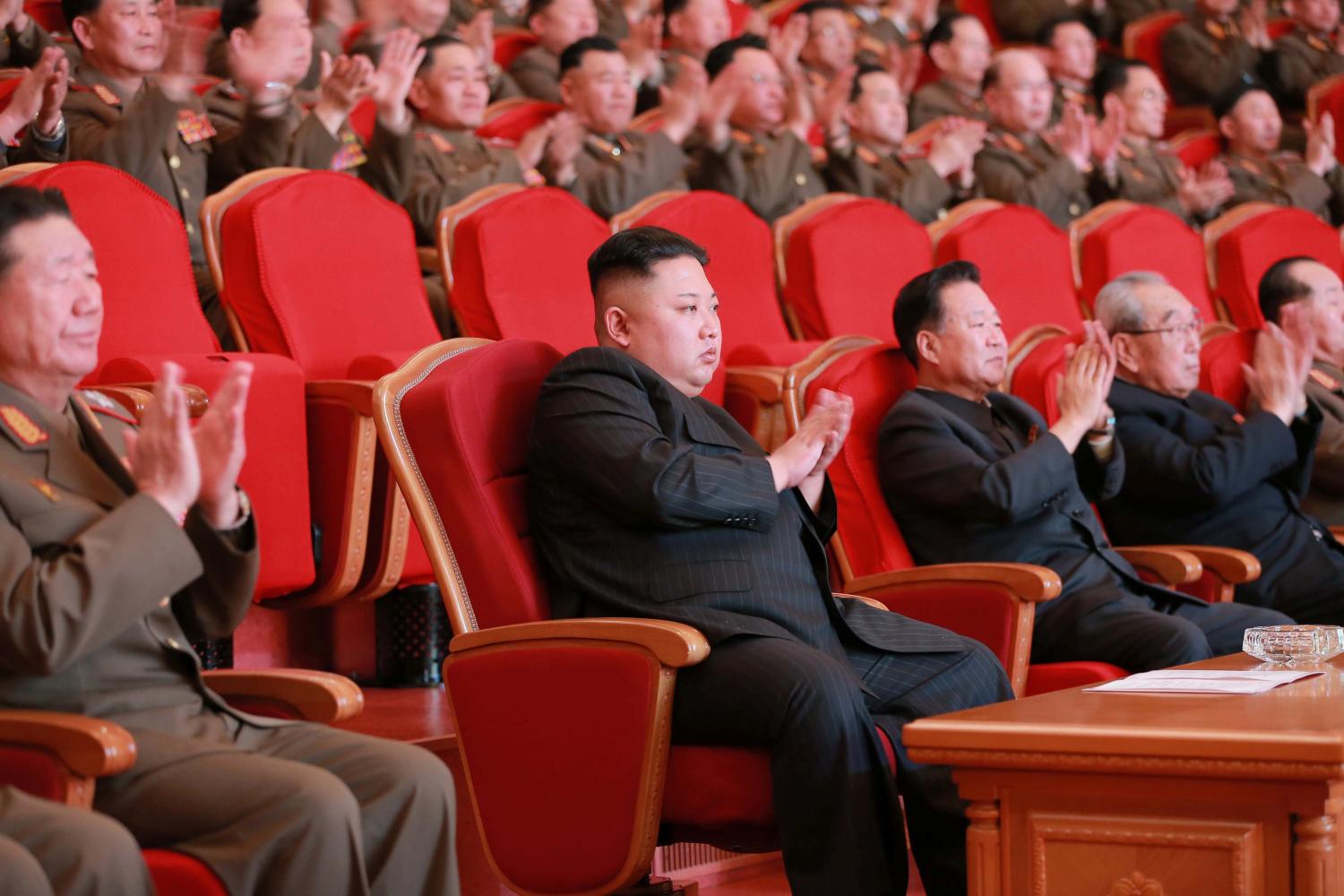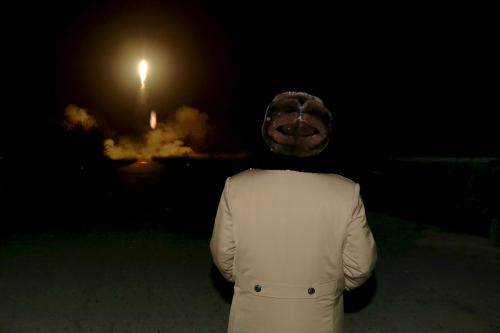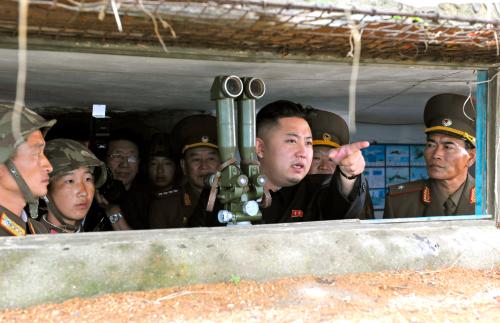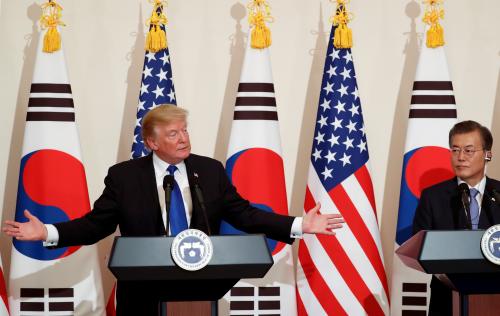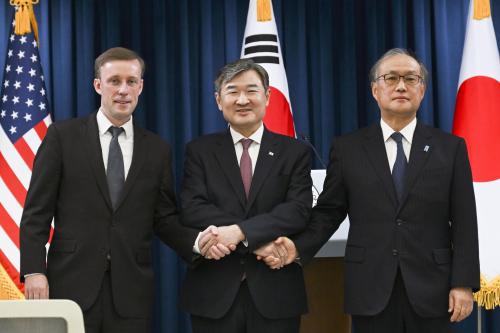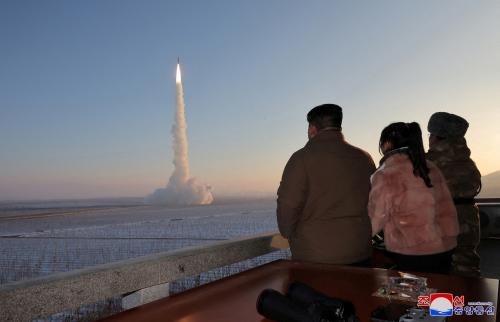This paper was presented at the 5th Korea Research Institute for National Strategy-Brookings Institution Joint Conference on “The Trump Administration in the United States and the Future of East Asia and the Korean Peninsula” on February 8, 2017.
2017 will be a decisive year for the Korean Peninsula and for the U.S.-ROK alliance. North Korea’s leader has promised to test an ICBM that could hit the United States with a nuclear weapon. He intends to use such threats to compel the Trump Administration to accept Pyongyang’s nuclear status, conclude a peace treaty, and achieve North Korea’s goals of ending the U.S.-ROK alliance and reunifying the peninsula under the North’s rule.
President Trump will soon respond to North Korea’s nuclear and missile threats. As he prepares to do so, the legacy of years of U.S. policy failure and North Korean perfidy looms large. Nothing his predecessors tried was able to stop Pyongyang’s nuclear program, and the threat is now growing quickly. During President Trump’s term, North Korea’s nuclear weapons will threaten the American homeland. Mr. Trump says, “It won’t happen.” Kim Jong Un suggests it surely will. President Trump’s options are few, unsatisfactory, and even dangerous, especially now that it is seems certain that the North Korean regime will not give up its nuclear weapons.
It is time for a new approach to deal with Pyongyang’s challenge, one that will threaten the only thing that North Korea holds more dear than its nuclear weapons: the stability and continued existence of its regime. Only immediate and overwhelming measures to cut off the regime’s economic lifeblood, starve it of foreign exchange, prosecute its human rights abuses, threaten it militarily, isolate it diplomatically, and sow dissent internally can force Pyongyang to choose between nuclear weapons and survival. Only when North Korean leader Kim Jong Un believes his regime’s existence is threatened will he reconsider the path he has chosen. This admittedly risky approach may work. If it does not, it will nonetheless lay the foundation for another approach that would resolve the nuclear issue: bringing about the end of the North Korean regime.
Meanwhile, the unraveling of Park Geun-hye’s presidency has opened the way for an opposition victory in the next ROK presidential election. If this happens, we cannot rule out that the next government in Seoul could be at loggerheads with Washington on several issues, including how to deal with North Korea, as well as policies on Japan, China, and the bilateral alliance. To avoid misunderstanding and keep relations on track, Washington and Seoul must enhance consultation, increase transparency, and understand each other’s concerns, sensitivities, and bottom lines. The alliance has endured difficult times before, and will no doubt do so again. The patience, leadership, and wisdom that have traditionally characterized the alliance will continue to serve it well, particularly as the United States and the Republic of Korea face the common danger posed by North Korea.

